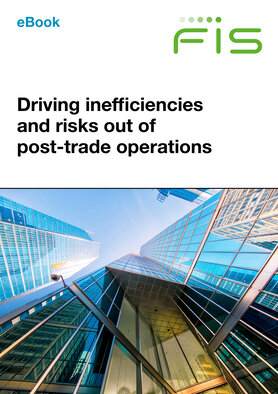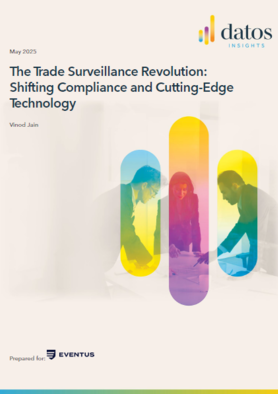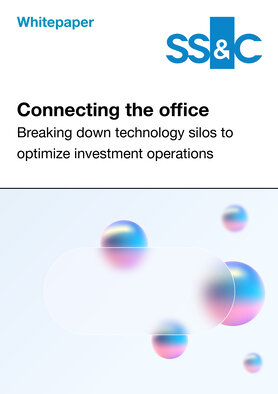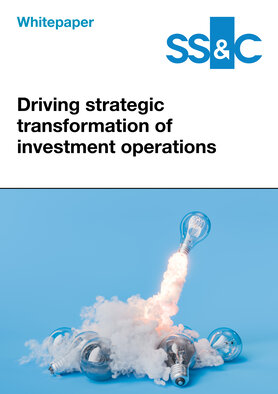Driving inefficiencies and risks out of post-trade operations

With post-trade operations under pressure, it has never been more critical to manage the trade lifecycle efficiently. Whether you process securities, derivatives or digital assets, you need powerful modern technology to help you reduce post-trade costs and risks, increase your volumes and fee income – and put money seriously to work.
This eBook explores the new middle- and back-office capabilities that are helping investment banks, broker-dealers and tech-driven trading firms supercharge their post-trade services and achieve competitive advantage. With expert insights on the latest market trends and technologies, discover how to:
- Win and keep customers: make your post-trade services a magnet for investors with next-generation, real-time technology.
- Reduce costs and risk: run a software-as-a-service-based technology platform for superefficient post-trade processing globally.
- Gain agility: pivot more easily to new market requirements, from T+1 to T+0 and 24/7 trading.
- Support growth: scale quickly and cost-effectively to handle new asset classes, trading strategies, accounts and trades.
Download the eBook to help you reassess your post-trade operations and make your money work harder
Download the whitepaper
Register for free access to hundreds of resources.





